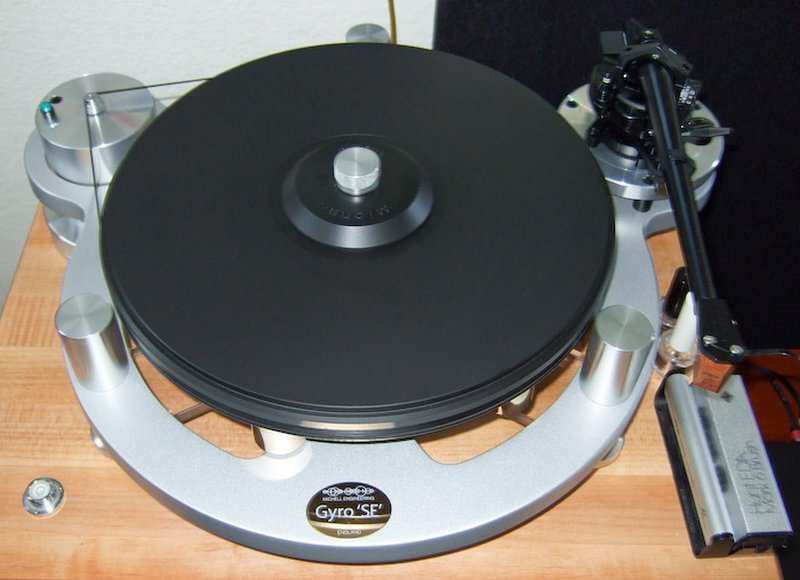When I used to sell audio equipment in SF during the 70s, the AR turntable made the biggest "splash" due to it's suspended system, very basic operation, simplicity and ease of use, low price, and I guess as I remember then, fairly accurate tracking ability.....
4-2-7 .... What is your thoughts on that?
I don't know what you asking, that's your opinion?
Then it's fine.
I know that things that can be sold at a cheaper price and work will always do well and get a lot of support
Michell came out with the Focus One because the vast majority could not afford the Transcriptor in post #37. We see lots of them today still on UK eBay and that table made a big splash with the Brits.









